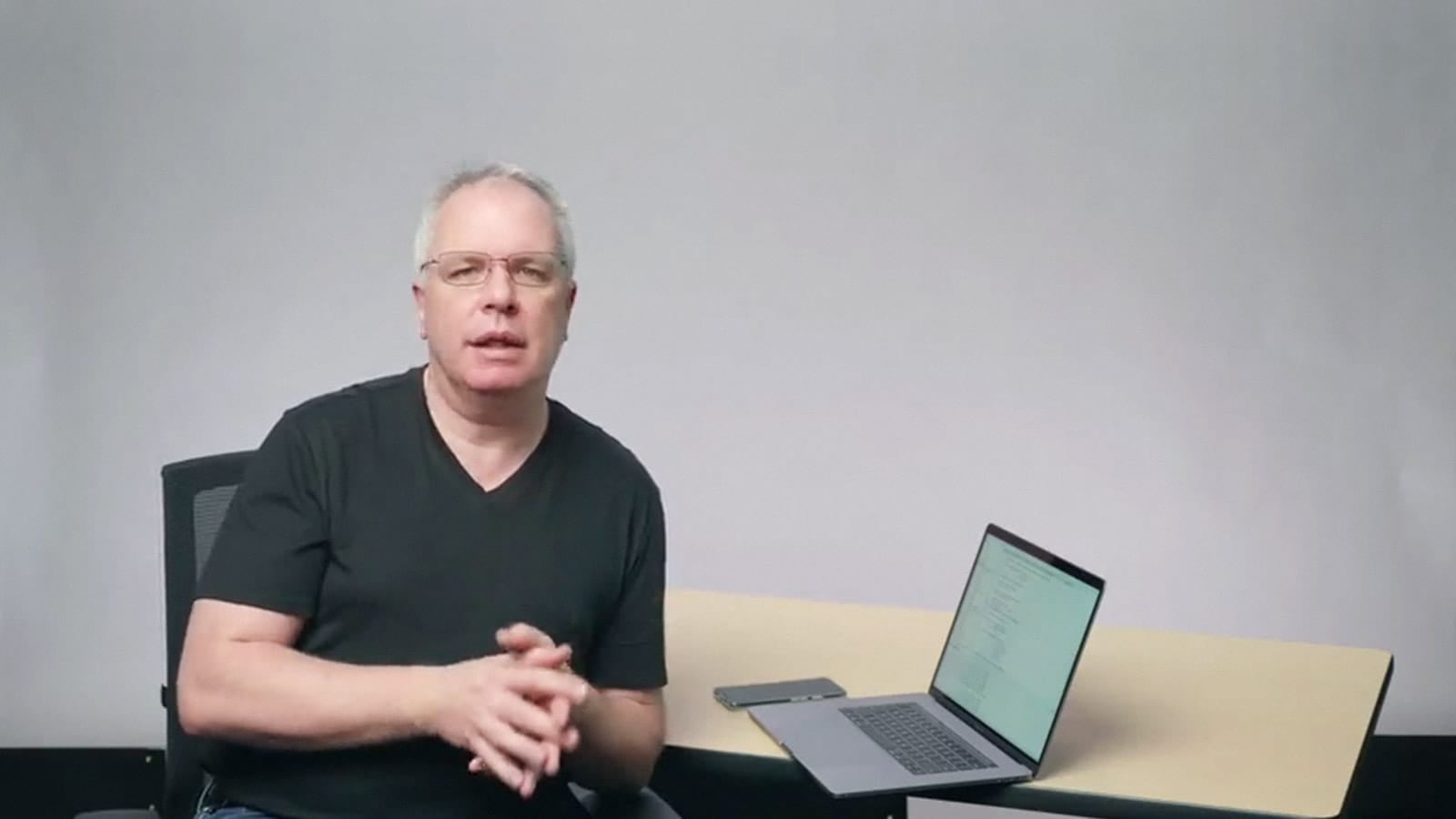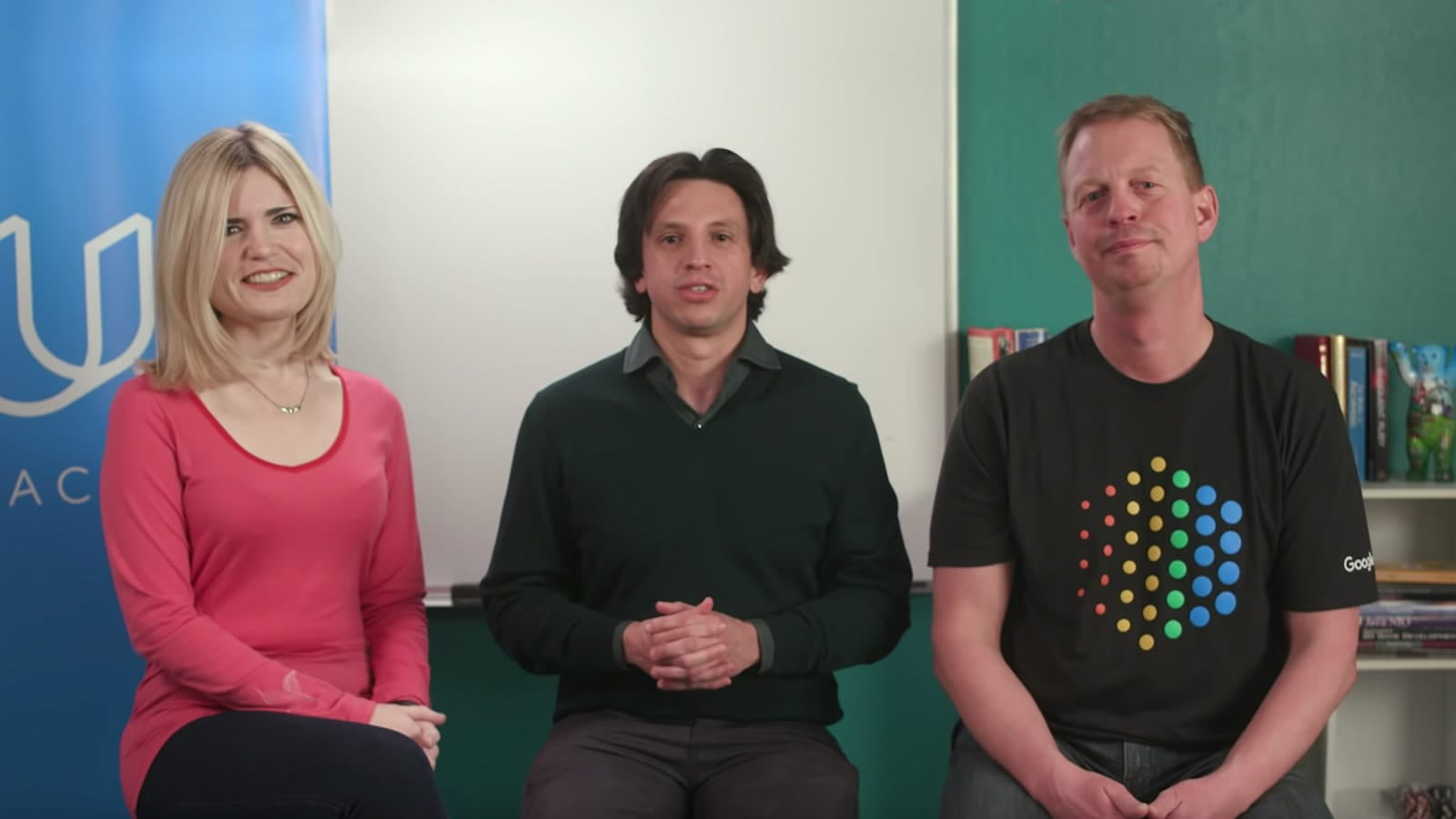Khái niệm cơ bản về học máy với TensorFlow
Chương trình giảng dạy này dành cho những người:
- Mới làm quen với ML nhưng có nền tảng lập trình trung cấp
Nội dung này nhằm hướng dẫn các nhà phát triển mới làm quen với ML qua các giai đoạn đầu của hành trình ML của họ. Bạn sẽ thấy rằng nhiều tài nguyên sử dụng TensorFlow, tuy nhiên, kiến thức có thể được chuyển sang các khung học máy khác.
Bước 1: Hiểu ML là gì
TensorFlow 2.0 được thiết kế để giúp việc xây dựng mạng lưới thần kinh cho máy học trở nên dễ dàng, đó là lý do tại sao TensorFlow 2.0 sử dụng API có tên Keras. Cuốn sách Học sâu với Python của Francois Chollet, tác giả của Keras, là một cuốn sách tuyệt vời để bắt đầu. Đọc chương 1-4 để hiểu các nguyên tắc cơ bản của ML từ góc độ của một lập trình viên. Nửa sau của cuốn sách đi sâu vào các lĩnh vực như Thị giác máy tính, Xử lý ngôn ngữ tự nhiên, Học sâu sáng tạo, v.v. Đừng lo lắng nếu hiện tại những chủ đề này quá nâng cao vì chúng sẽ có ý nghĩa hơn trong thời gian tới.

Cuốn sách giới thiệu này cung cấp cách tiếp cận mã đầu tiên để tìm hiểu cách triển khai các kịch bản ML phổ biến nhất, chẳng hạn như thị giác máy tính, xử lý ngôn ngữ tự nhiên (NLP) và mô hình hóa trình tự cho web, thiết bị di động, đám mây và thời gian chạy nhúng.

Cuốn sách này là phần giới thiệu thực tế, thực tế về Deep Learning with Keras.
⬆ Hoặc ⬇
Tham gia một khóa học trực tuyến như Giới thiệu về TensorFlow của Coursera hoặc Giới thiệu về TensorFlow cho học sâu của Udacity, cả hai đều bao gồm các nguyên tắc cơ bản giống như cuốn sách của Francois. Bạn cũng có thể thấy những video này của 3blue1Brown hữu ích vì chúng cung cấp cho bạn những giải thích nhanh chóng về cách mạng lưới thần kinh hoạt động ở cấp độ toán học.
Hoàn thành bước này sẽ cung cấp cho bạn nền tảng về cách thức hoạt động của ML, chuẩn bị cho bạn tiến sâu hơn.

DeepLearning.AI
Giới thiệu về TensorFlow cho AI, ML và Deep LearningĐược phát triển với sự cộng tác của nhóm TensorFlow, khóa học này là một phần của Chuyên môn dành cho nhà phát triển TensorFlow và sẽ hướng dẫn bạn các phương pháp hay nhất để sử dụng TensorFlow.

Trong khóa học trực tuyến này do nhóm TensorFlow và Udacity phát triển, bạn sẽ học cách xây dựng các ứng dụng deep learning với TensorFlow.
Bước 2: Ngoài những điều cơ bản
Hãy tham gia Chuyên môn dành cho nhà phát triển TensorFlow , khóa học này sẽ đưa bạn vượt xa những điều cơ bản để giới thiệu về mô hình Thị giác máy tính, NLP và Trình tự.
Việc hoàn thành bước này sẽ tiếp tục phần giới thiệu của bạn và hướng dẫn bạn cách sử dụng TensorFlow để xây dựng các mô hình cơ bản cho nhiều tình huống khác nhau, bao gồm phân loại hình ảnh, hiểu cảm xúc trong văn bản, thuật toán tổng hợp, v.v.

DeepLearning.AI
Chuyên môn của nhà phát triển TensorFlowTrong Chuyên môn gồm bốn khóa này do nhà phát triển TensorFlow giảng dạy, bạn sẽ khám phá các công cụ và nhà phát triển phần mềm sử dụng để xây dựng các thuật toán hỗ trợ AI có thể mở rộng trong TensorFlow.
Bước 3: Thực hành
Hãy thử một số hướng dẫn về TensorFlow Core của chúng tôi, điều này sẽ cho phép bạn thực hành các khái niệm bạn đã học ở bước 1 và 2. Khi hoàn thành, hãy thử một số bài tập nâng cao hơn.
Hoàn thành bước này sẽ nâng cao hiểu biết của bạn về các khái niệm và tình huống chính mà bạn sẽ gặp khi xây dựng mô hình ML.
Bước 4: Đi sâu hơn với TensorFlow
Bây giờ là lúc quay lại Deep Learning with Python của Francois và hoàn thành các chương 5-9. Bạn cũng nên đọc cuốn sách Thực hành học máy với Scikit-Learn, Keras và TensorFlow của Aurelien Geron. Cuốn sách này giới thiệu ML và deep learning bằng TensorFlow 2.0.
Hoàn thành bước này sẽ hoàn thiện kiến thức cơ bản về ML của bạn, bao gồm cả việc mở rộng nền tảng để đáp ứng nhu cầu của bạn.

Sử dụng các ví dụ cụ thể, lý thuyết tối thiểu và hai khung Python sẵn sàng sản xuất—Scikit-Learn và TensorFlow—cuốn sách này giúp bạn hiểu biết trực quan về các khái niệm và công cụ để xây dựng hệ thống thông minh.

